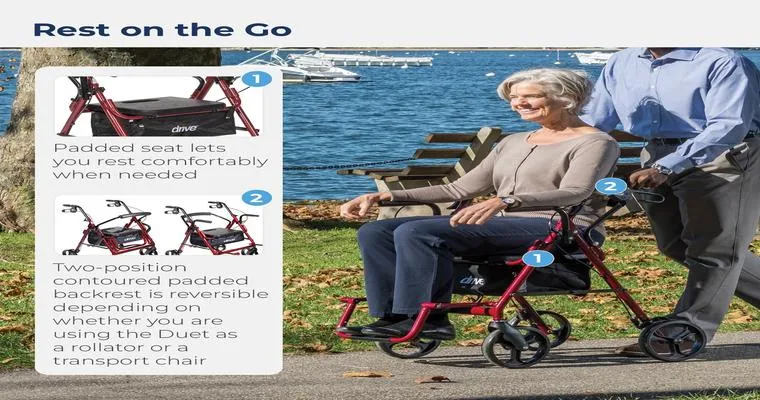Supporting your husband in "weaning off his wheelchair" can be a rewarding yet challenging journey. If he is capable of walking with his "walker", it's essential to create an encouraging environment that fosters his confidence and independence. This article will guide you on how to provide effective support during this transition.
Start by having an open conversation with your husband about his goals and aspirations regarding mobility. Understanding his feelings and thoughts about using the "wheelchair" versus the "walker" will allow you to tailor your support more effectively. Encourage him to express any fears or concerns he may have about walking, as this will help you address those issues together.
Creating a positive and motivating atmosphere is crucial. Celebrate small victories, whether it's a few steps taken with the "walker" or a successful attempt to stand without assistance. Acknowledge his efforts and remind him of the progress he is making. Positive reinforcement can significantly boost his confidence and motivation.
Additionally, establish a consistent routine that incorporates walking practice. Set aside time each day for him to practice using his "walker" in a safe and comfortable environment. You can start with short distances and gradually increase the length of time and distance as he becomes more comfortable. This regular practice will help him build strength and confidence in his abilities.
Consider physical therapy or rehabilitation programs that focus on improving mobility. A trained professional can provide personalized guidance and tailored exercises that will enhance his strength and balance, making it easier for him to transition away from the "wheelchair". You can also participate in these sessions to show your support and learn ways to assist him at home.
It is equally important to ensure that your home environment is conducive to walking. Remove any obstacles that could pose a risk for falls, and consider adding supportive features such as handrails or non-slip mats. Creating a safe space will give him the confidence to practice walking without the worry of injury.
Encourage social interaction and participation in activities that promote mobility. Joining support groups or engaging in community activities can provide him with motivation and a sense of belonging. Seeing others who have successfully transitioned from a "wheelchair" to walking can inspire him and reinforce the belief that he can do the same.
Finally, be patient and understanding throughout this process. The journey of weaning off a "wheelchair" can have its ups and downs. There may be days when he feels discouraged, and it’s essential for you to be there to provide support and encouragement. Remind him that setbacks are a normal part of the process and that persistence is key.
In conclusion, supporting your husband in weaning off his "wheelchair" involves communication, encouragement, and practical strategies. By fostering a positive environment, creating a routine, ensuring safety, and celebrating progress, you can help him regain his independence and confidence in using his "walker". Together, you can navigate this journey towards enhanced mobility and a fulfilling life.





